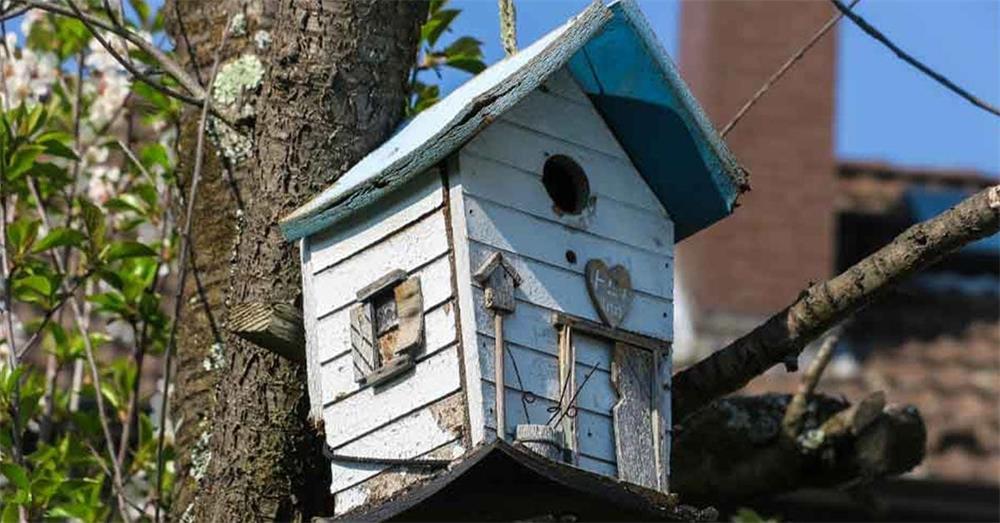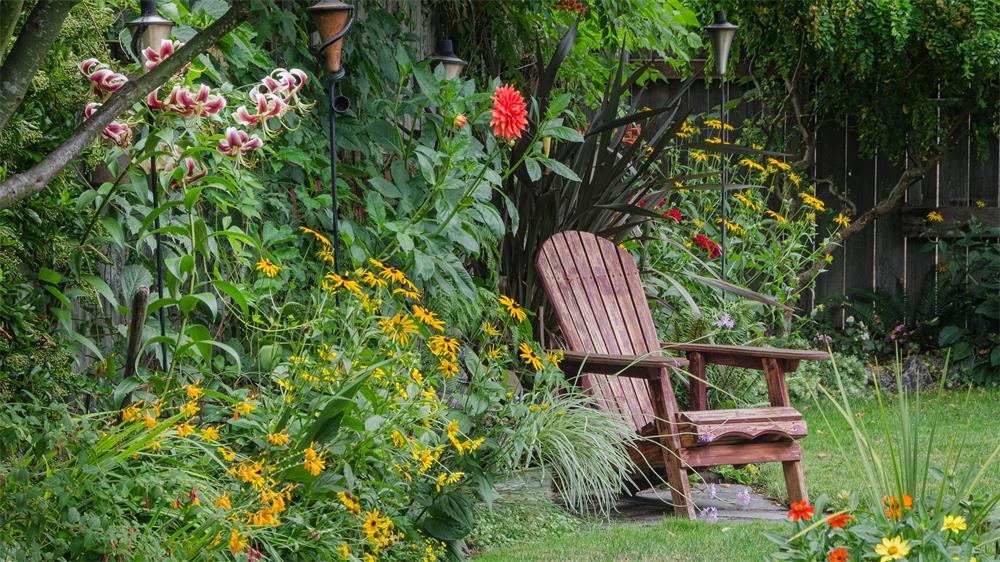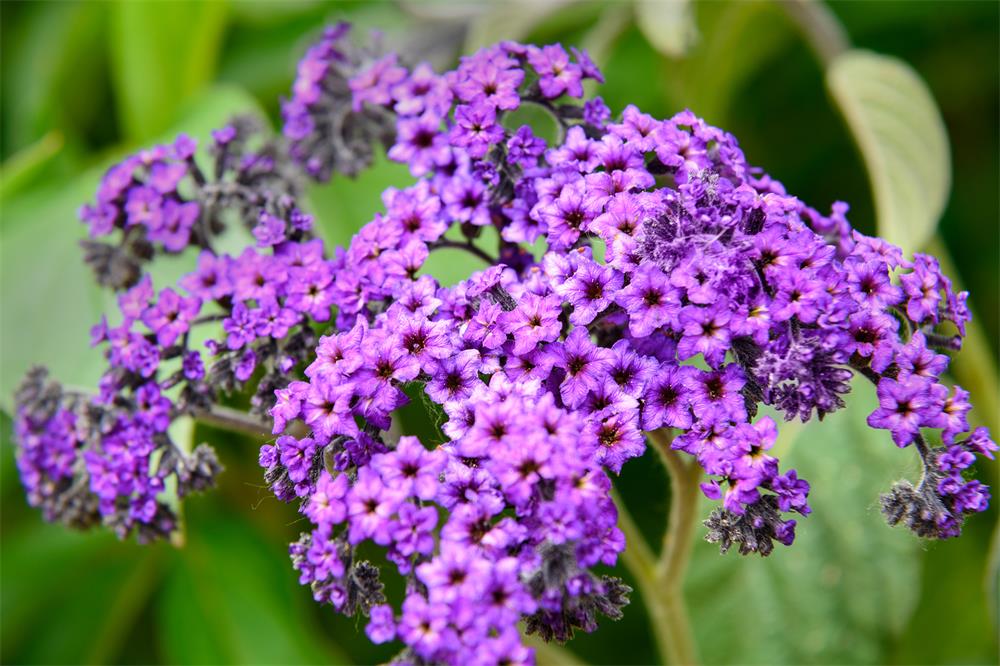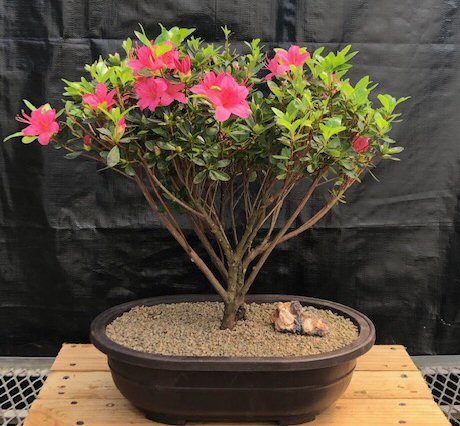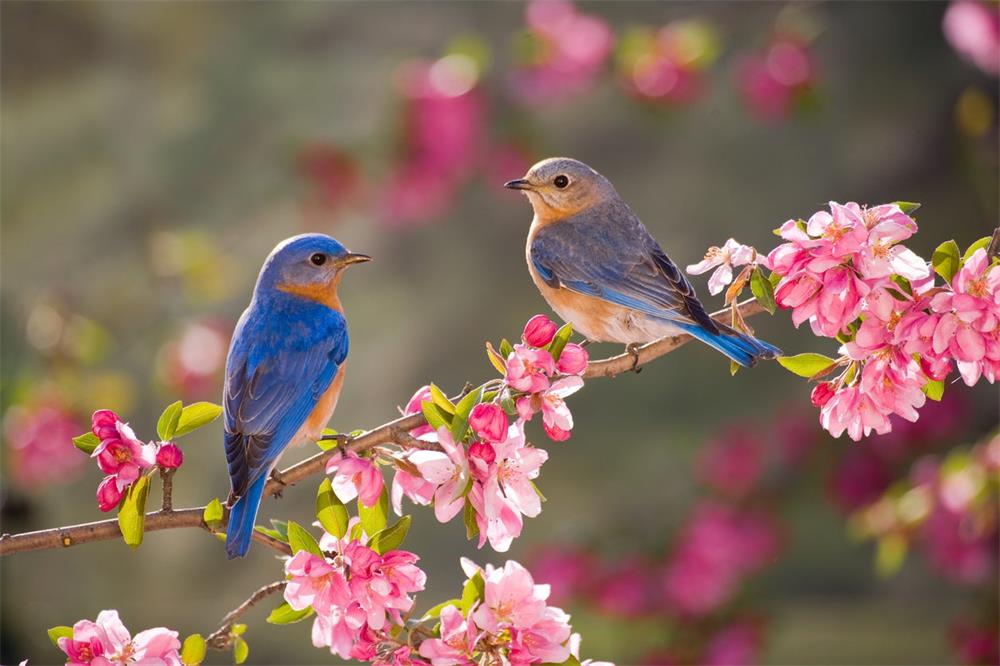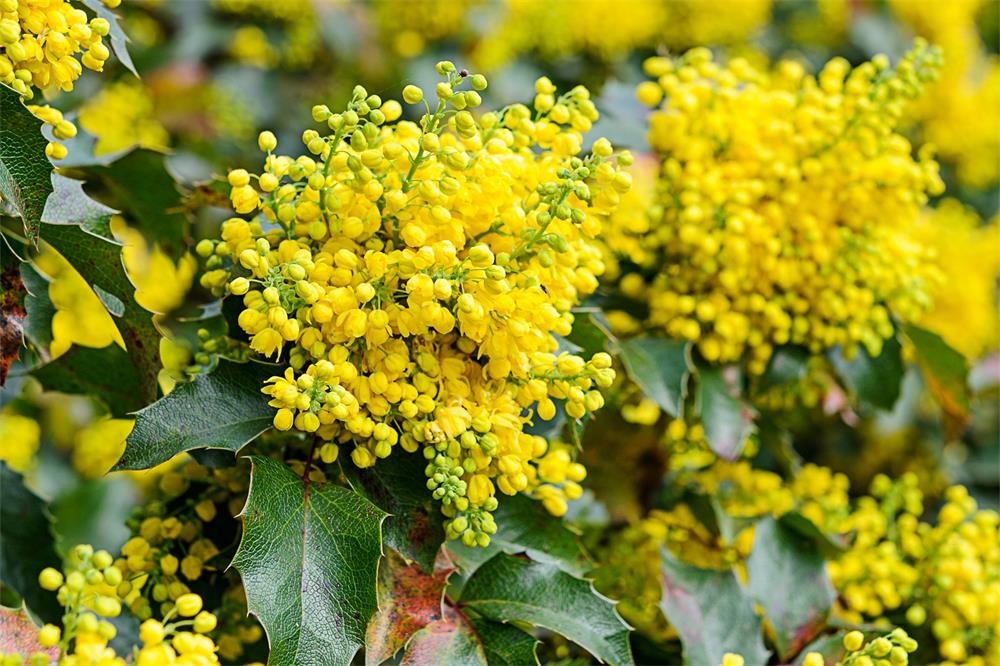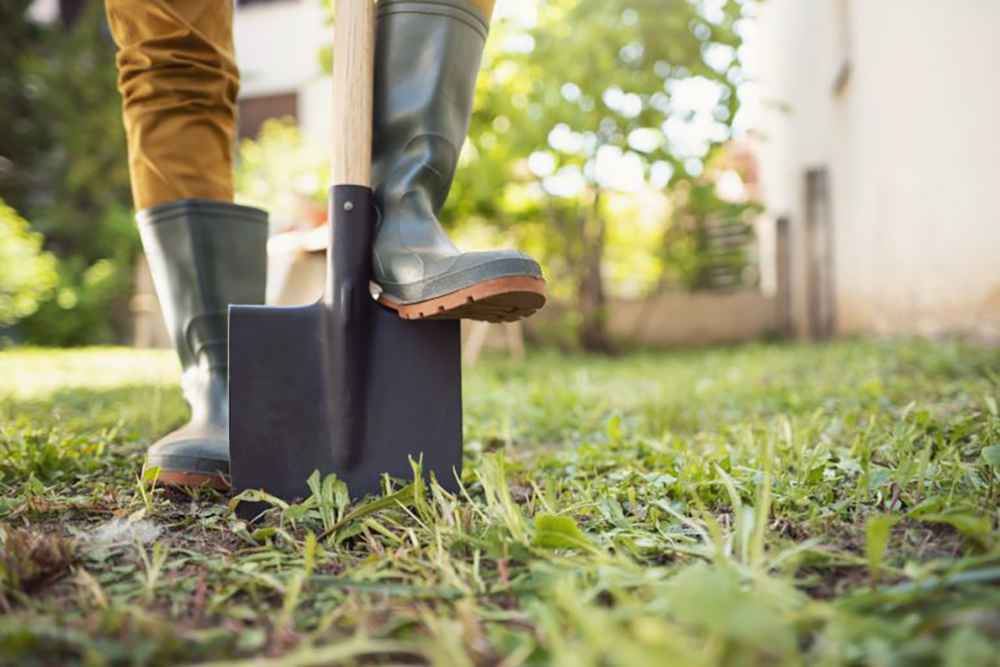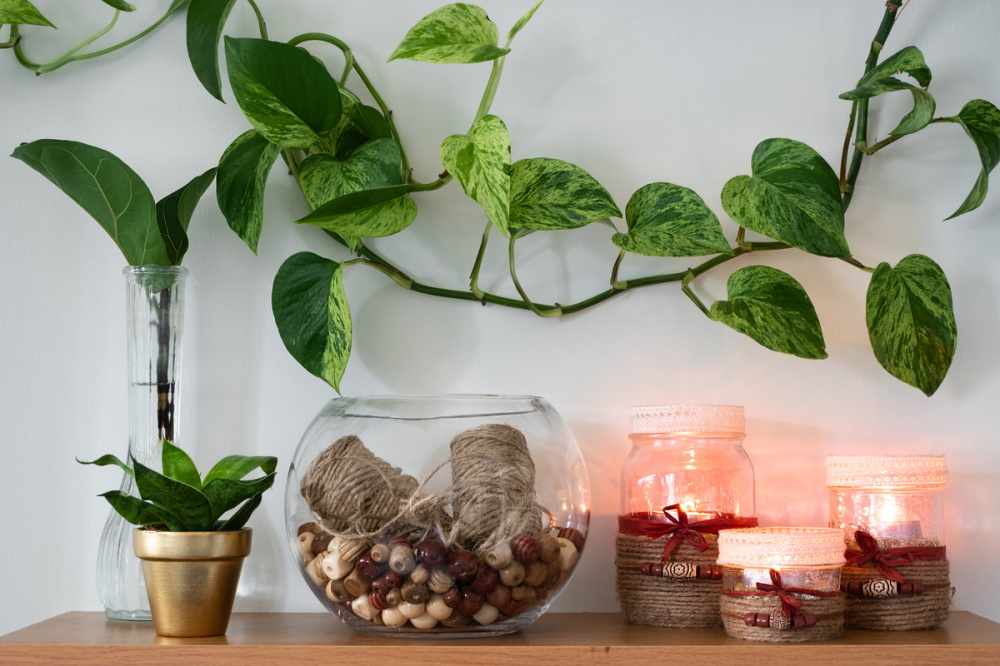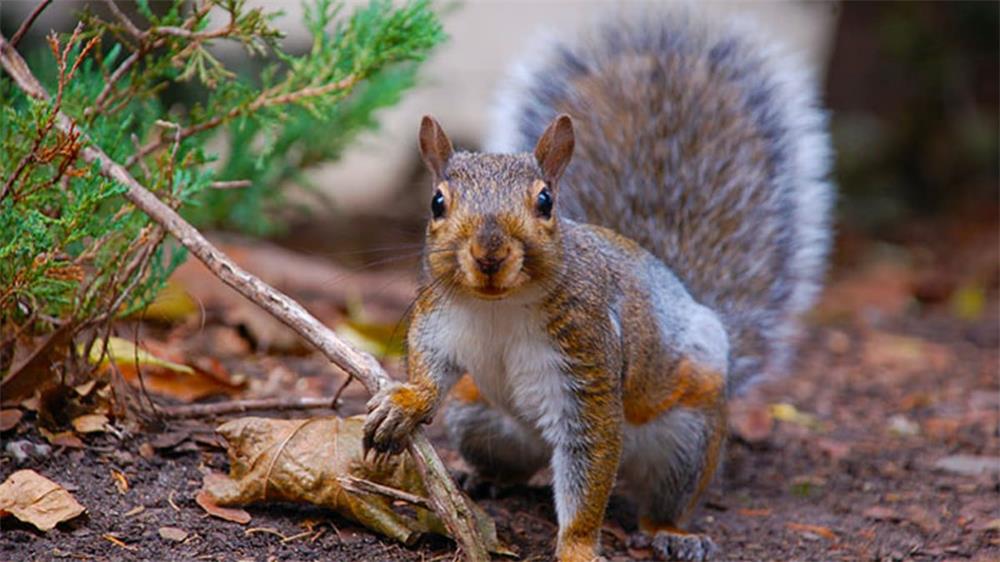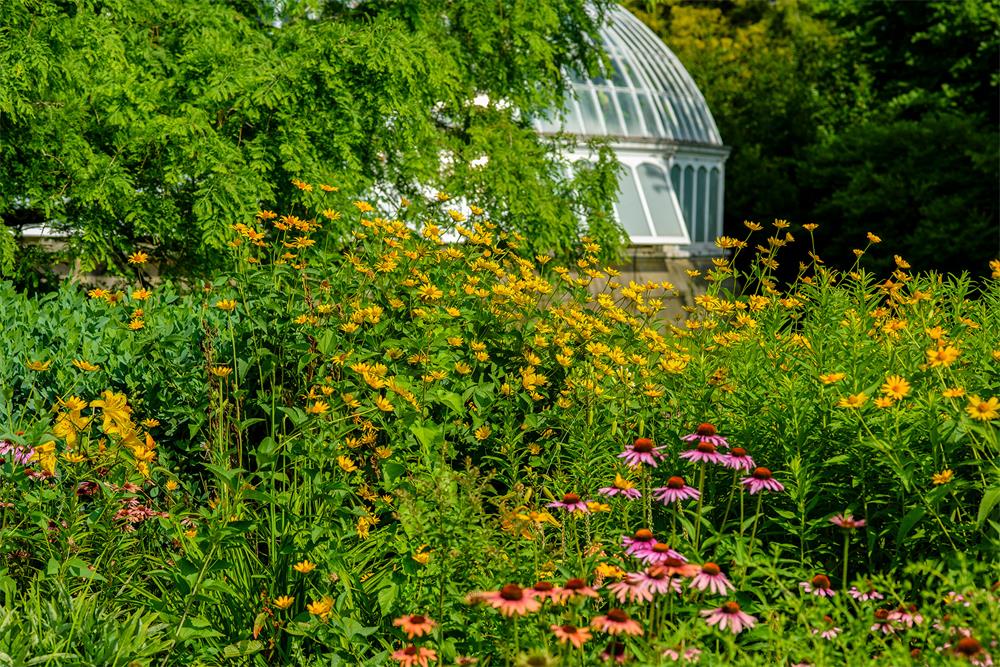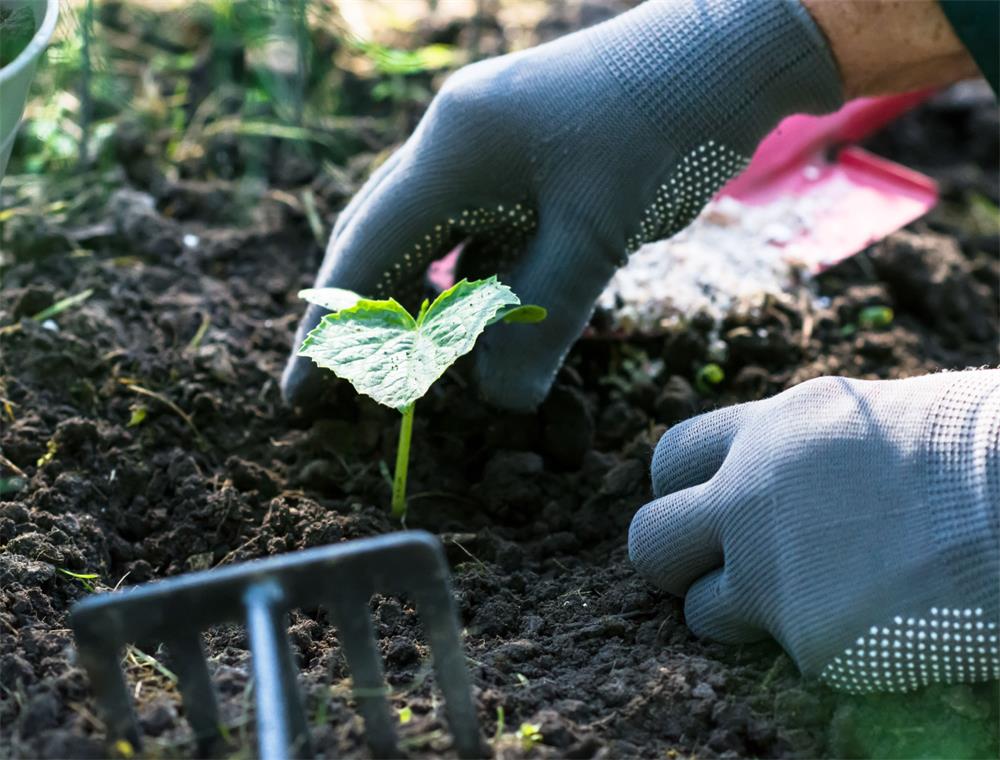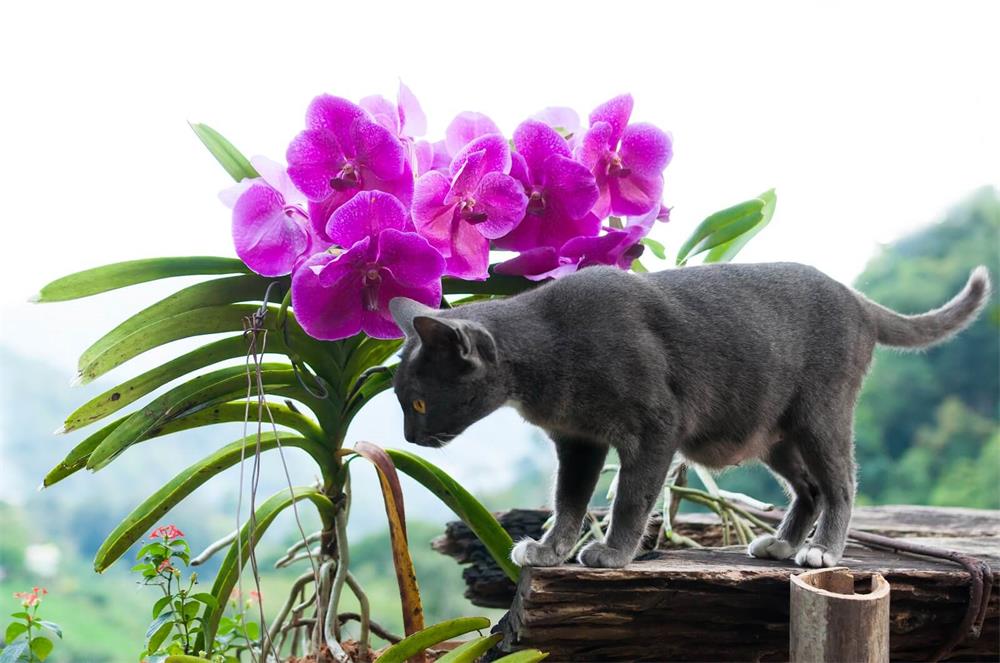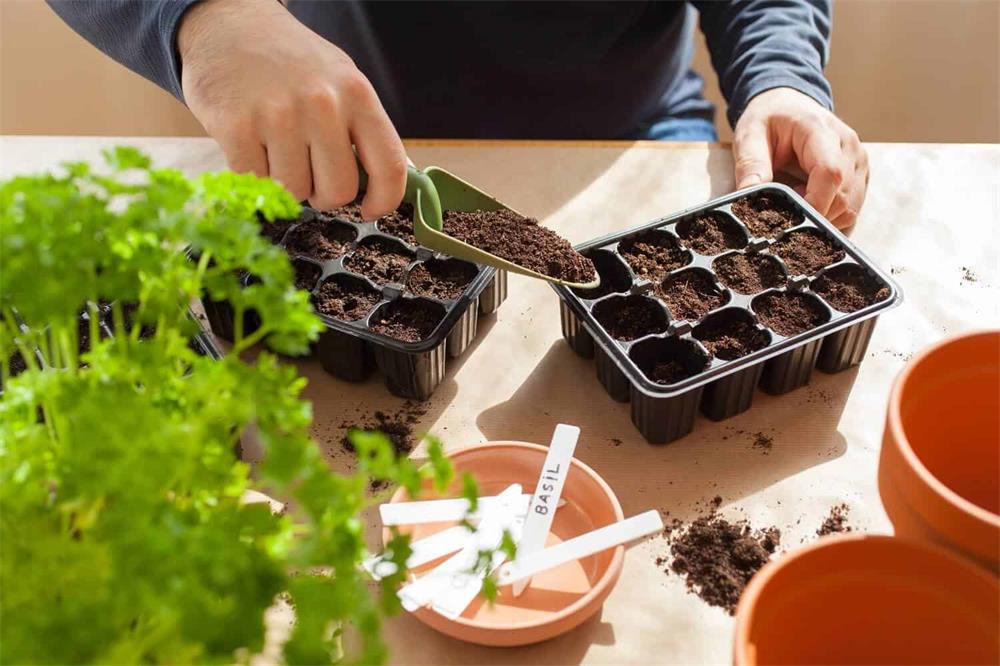
Hoyas are popular houseplants that have beautiful and fragrant flowers. However, they are not for everyone. Some plant lovers find them frustrating and difficult to care for. Here are some reasons why you might want to skip hoyas as your next plant purchase.
- They Grow Long and Spiky Vines
Hoyas are vining plants that like to climb and attach to things. They often produce long and thin stems with tiny leaves that never get bigger. These stems can poke you in the eye or get tangled with other plants. You need to provide them with a trellis or a stake to keep them in shape.
- They Can Cost a Fortune
Hoyas come in many varieties, some of which are very rare and expensive. A common hoya can be affordable, but a less common one can cost you hundreds or even thousands of dollars. Unless you are a serious hoya collector, you might want to save your money for other plants.
- They Develop Ugly Black Spots
Hoyas are prone to edema, a condition that causes black spots on the leaves due to irregular watering. Edema is not harmful to the plant, but it can ruin its appearance. You need to be careful with your watering habits and avoid overwatering or underwatering your hoyas.
- They Are Picky About Light and Water
Hoyas are tropical succulents that need bright but indirect light and well-draining soil. They do not like direct sun, soggy soil, or cold drafts. You need to find the right spot for your hoyas and water them only when the soil is dry.
- They Take Forever to Bloom
Hoyas are known for their stunning and sweet-smelling flowers, but they do not bloom easily or frequently. They need a lot of light, humidity, and maturity to produce flowers. Some hoyas may take years before they bloom for the first time. You need to be patient and consistent with your hoyas if you want to see them flower.
How to Take Care of Them
If you still want to give hoyas a try, here are some tips from experts on how to care for them:
- Choose a hoya that suits your environment and budget. There are many types of hoyas with different leaf shapes, colors, and sizes. Some are more common and cheaper than others. Do some research before you buy a hoya and make sure it matches your preferences and conditions.
- Provide them with bright but indirect light. Hoyas like natural light but not direct sun. A south-facing or west-facing window with a sheer curtain is ideal for them. Avoid placing them in dark or shady areas.
- Water them sparingly and let them dry out between waterings. Hoyas are drought-tolerant and do not like wet feet. Water them only when the top inch of the soil feels dry to the touch. Use lukewarm water and avoid getting the leaves wet.
- Fertilize them monthly during the growing season. Hoyas benefit from a balanced fertilizer that contains nitrogen, phosphorus, and potassium. Apply it once a month from spring to fall, following the label instructions. Do not fertilize them in winter when they are dormant.
- Increase the humidity around them. Hoyas like humid air and will appreciate a humidifier, a pebble tray, or a misting bottle near them. However, do not mist them directly as it can cause fungal infections or edema.
- Prune them occasionally to maintain their shape and size. Hoyas can grow long and leggy if left untrimmed. You can prune them back to encourage bushier growth and more flowers. However, do not cut off the flower spurs (the short stems where the flowers emerge) as they will bloom again from the same spot.
- Propagate them easily from stem cuttings. Hoyas are easy to propagate by taking stem cuttings with at least two nodes (the bumps where the leaves grow). You can root them in water or soil, keeping them moist and warm until they develop roots.



